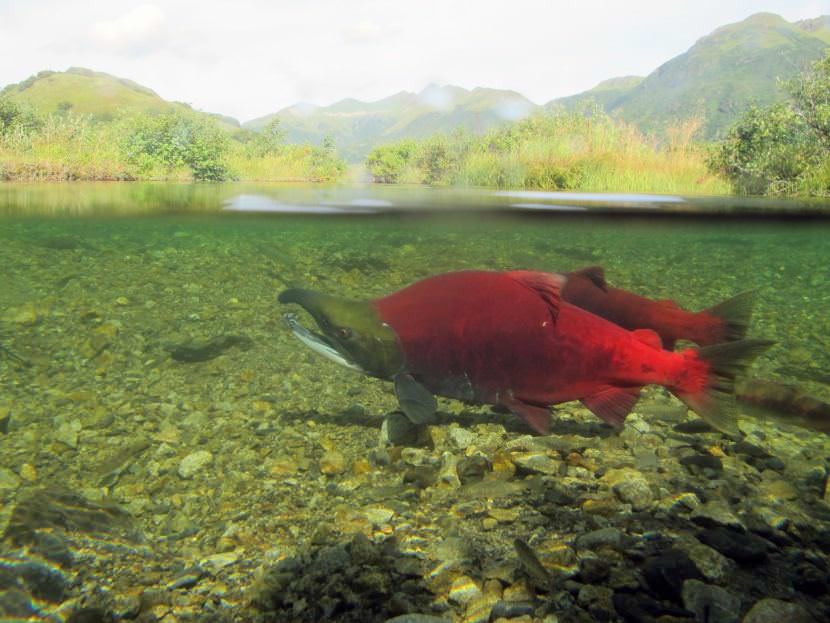
State government leaders said an initiative to protect salmon that Alaskans could vote on in November will cost the state money and delay infrastructure projects. They spoke at a Senate State Affairs Committee meeting held Friday in Anchorage to consider the effect of Ballot Measure 1. The initiative would increase protections for salmon streams.
Ben White is the statewide environmental program manager for the Alaska Department of Transportation and Public Facilities. He noted the initiative would increase the number of streams the state must assume have salmon. Companies or state agencies seeking to build on or near these streams could require the state to check whether each stream has salmon. And White said this would take time.
“They’re not always there,” White said of the salmon. “They’re not always there when we’re there, and so that’s an expense. It takes us time and effort to get out to the sites at a lot of times. And so, this is going to increase the delivery time of our projects.”
Ron Benkert said the Department of Fish and Game would have to hire people to enforce new regulations if the initiative passes. He’s a habitat coordinator for the department.
“There is a significant impact from a cost perspective,” he said. “Our estimate is about $1.3 million a year annually for at least five years.”
Gov. Bill Walker opposes the measure. However, the state officials who testified Friday are prohibited by state law from trying to influence the outcome of the ballot initiative.
Initiative supporters say it would actually lower costs for the state.
“With the assumption that fish are in the streams, that saves the Department of Fish and Game a lot of money and resources, from going out and constantly testing these streams to add them to the existing catalog,” said Ryan Schryver, Stand for Salmon’s director. “So this is really about saving Alaskans money.”
The committee will not take action as a result of the meeting.
The Alaska Supreme Court is considering a case that could block the initiative.
